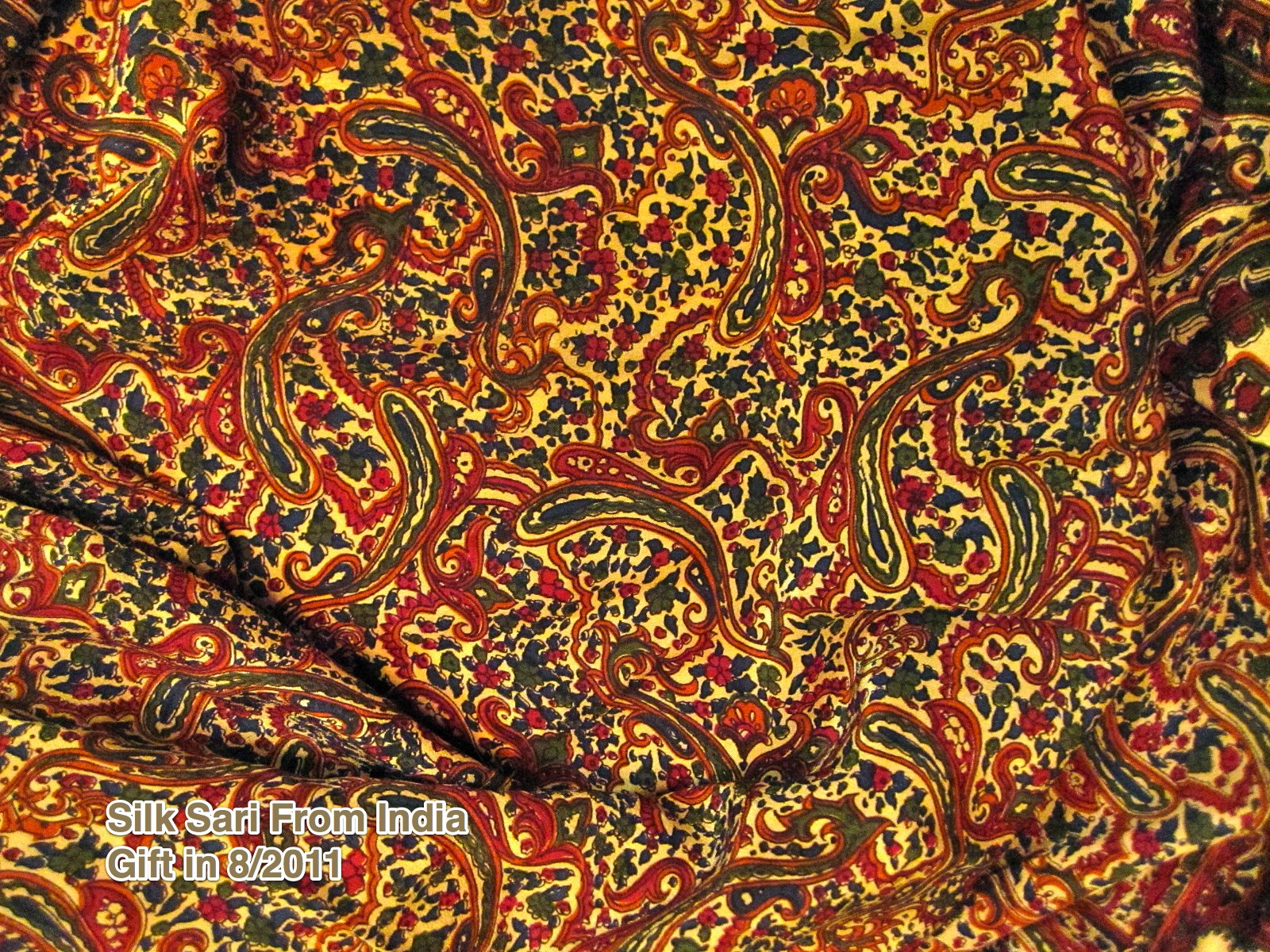
*Somebody* went to India without me (for work!) at the beginning of the month. India is one of my top destinations, so I was pretty jealous. I let him know that he would need to bring me back a present, and it should probably be a sari. I like a man who can take direction, because when I surprised him at the airport he forked it over. It is gorgeous! And I took a tiny sample from one end (the ends aren't finished) to burn--it is 100% silk. This is a truly special gift, and I was completely touched by it.

 I don't want this gift to sit on the shelf, and Burda has totally come through for me the past two months. When I got the fabric I immediately thought of the Antik Batik exclusive design from August, Burda 08-2011-142 (line drawing on the left). Love the drapey look and luxurious use of fabric (the sari is huge, I think something along the lines of 7 usable yards). But then September arrived, and I was equally drawn in by the cover dress, Burda 09-2011-104, the line drawing on the right. The Antik Batik is still the front runner, I think, because I like the long sleeves. However, I have read through the directions several times and am still completely in the dark about how the skirt construction works. I'm really going to have to figure out that fabric starching-for-cutting thing before undertaking this project.
I don't want this gift to sit on the shelf, and Burda has totally come through for me the past two months. When I got the fabric I immediately thought of the Antik Batik exclusive design from August, Burda 08-2011-142 (line drawing on the left). Love the drapey look and luxurious use of fabric (the sari is huge, I think something along the lines of 7 usable yards). But then September arrived, and I was equally drawn in by the cover dress, Burda 09-2011-104, the line drawing on the right. The Antik Batik is still the front runner, I think, because I like the long sleeves. However, I have read through the directions several times and am still completely in the dark about how the skirt construction works. I'm really going to have to figure out that fabric starching-for-cutting thing before undertaking this project.
======================

My next indiscretion I blame entirely on my participation in the Dandies & Quaintrelles Full Moon Ride! I wrote about it on my other blog, but suffice it to say it is incredibly fun and an opportunity for dress up. I wore my McCall 5045 50s style dress--the dress code is white or light colors, and vintage style is always welcome.
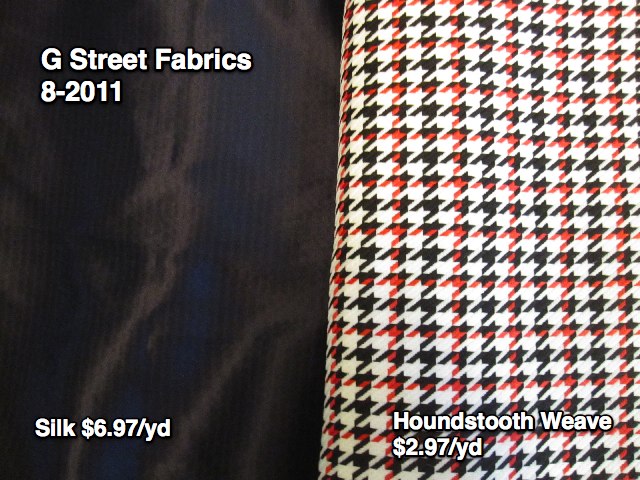 So when I went to G Street Fabrics for the usual Fashion Sewing Club meeting the next morning I mind was buzzing with Full Moon Ride outfit ideas. I had to check out the $2.97/yd table and the $6.97/yd silk table, as usual. And was tempted, as usual. And fell, as usual. The silk is totally excusable, I just bought a yard for lining the bodice of my final Burda 08-2009-128 boatneck dress. The houndstooth, though, I mean I was in such a vintage frame of mind. The fabric is polyester, make no mistake, but it is definitely the old school kind. The houndstooth is woven, not printed. How great will this be in an unfitted shift with a white jacket (not that I currently own one) over it? So great, that's how great. Totally mod.
So when I went to G Street Fabrics for the usual Fashion Sewing Club meeting the next morning I mind was buzzing with Full Moon Ride outfit ideas. I had to check out the $2.97/yd table and the $6.97/yd silk table, as usual. And was tempted, as usual. And fell, as usual. The silk is totally excusable, I just bought a yard for lining the bodice of my final Burda 08-2009-128 boatneck dress. The houndstooth, though, I mean I was in such a vintage frame of mind. The fabric is polyester, make no mistake, but it is definitely the old school kind. The houndstooth is woven, not printed. How great will this be in an unfitted shift with a white jacket (not that I currently own one) over it? So great, that's how great. Totally mod.
======================
Thank you so much for the nice comments you left on my McCall 6363 knockoff post! So, here's why the photos came out so well.
First of all, I was taking the pictures in the afternoon. My photo "studio" is a piece of fabric looped over my canopy-less canopy bed. I usually take photos in the morning before work. It faces west, so when I try to take pictures in the evening the setting sun reflects off my glasses. I took these photos before going out for the evening so I didn't wear glasses to avoid the glare. I have made my peace with wearing glasses, and consider them fun face jewelry. But let's face it, nobody ever had the mousy secretary put glasses *on* in the movies to reveal that she is a gorgeous vixen.
Since I wasn't going to wear glasses, I figured I should put makeup on to define my eyes, as I have blonde lashes and eyebrows.
Then I had taken a shower. My hair was taking a long time to dry so I used the blow dryer. While I was blowing it dry, I figured I might as well haphazardly apply a round brush.
So, that is me when I actually make an effort. Don't get used to it.
======================
I have a bunch of questions I plan to answer soon, but today I need to work on my birthday dress! I am being whisked out of town for the weekend (far enough inland to avoid the hurricane, it looks like) to celebrate my birthday with hiking and nature, so I've got work fast today to get my dress ready for Wednesday.
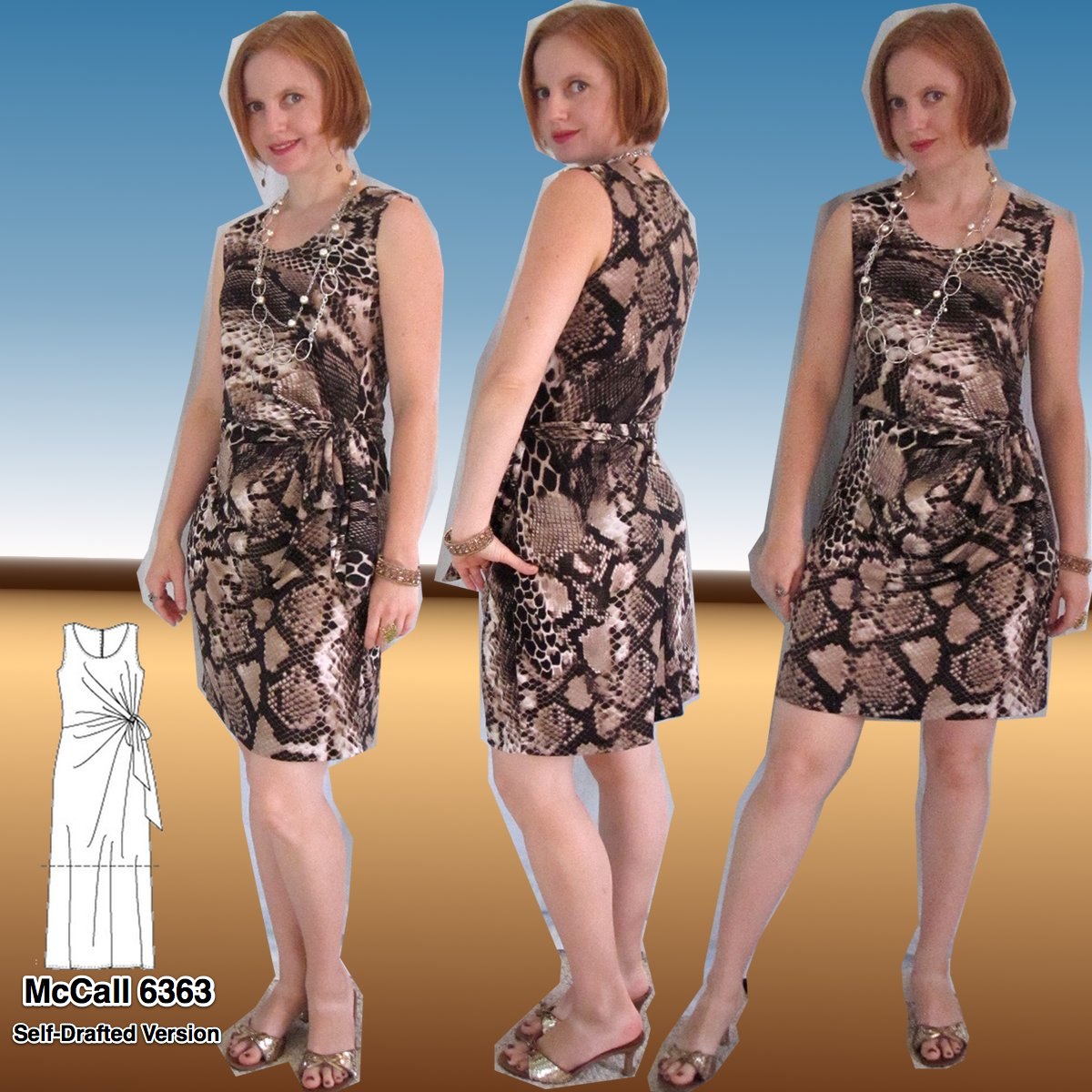
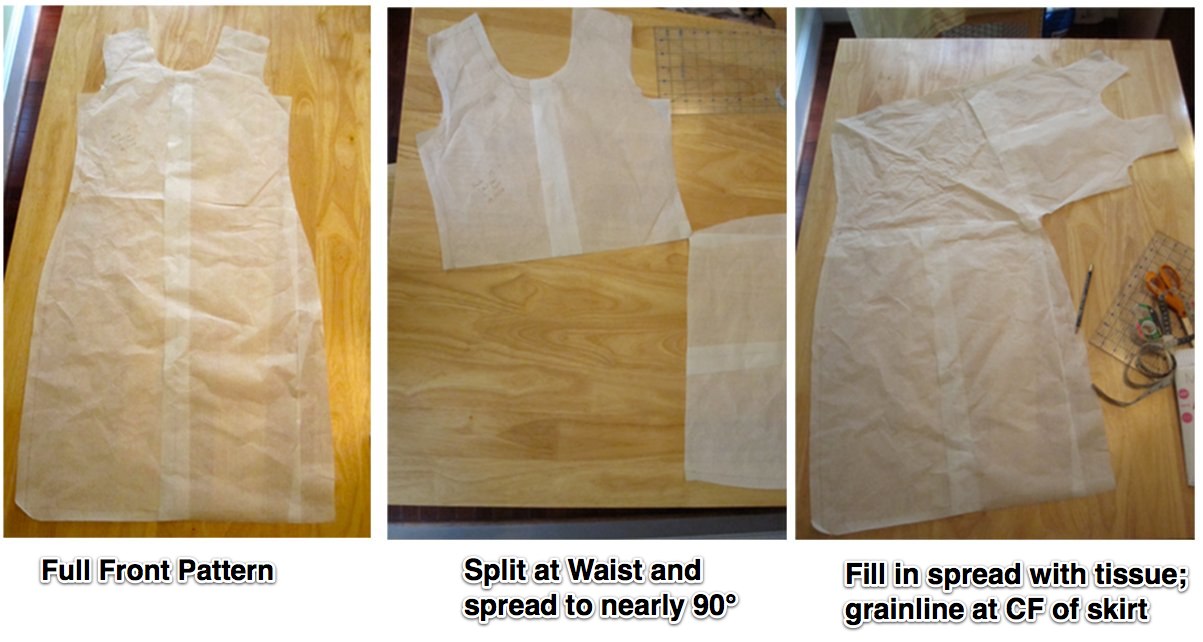
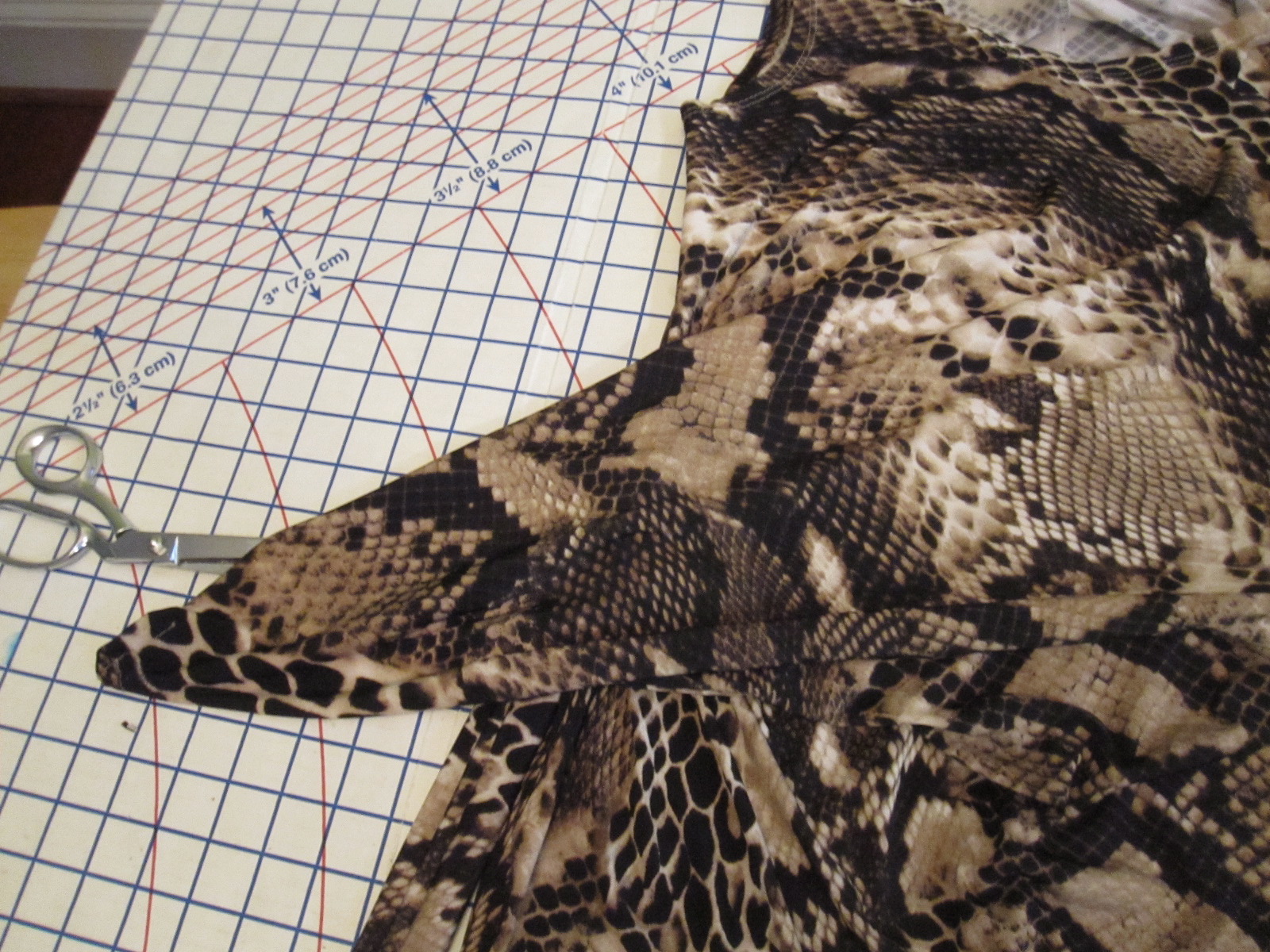
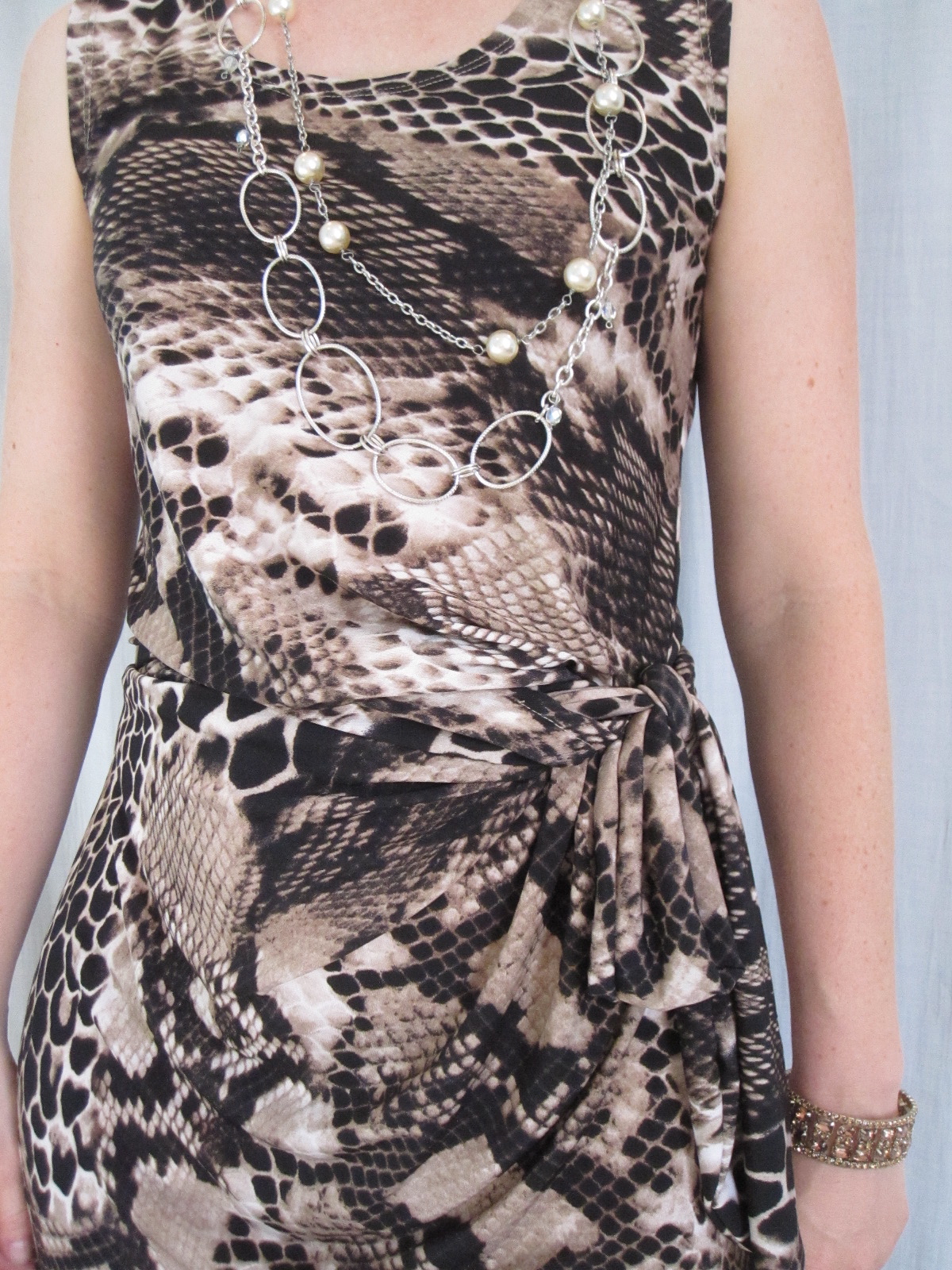
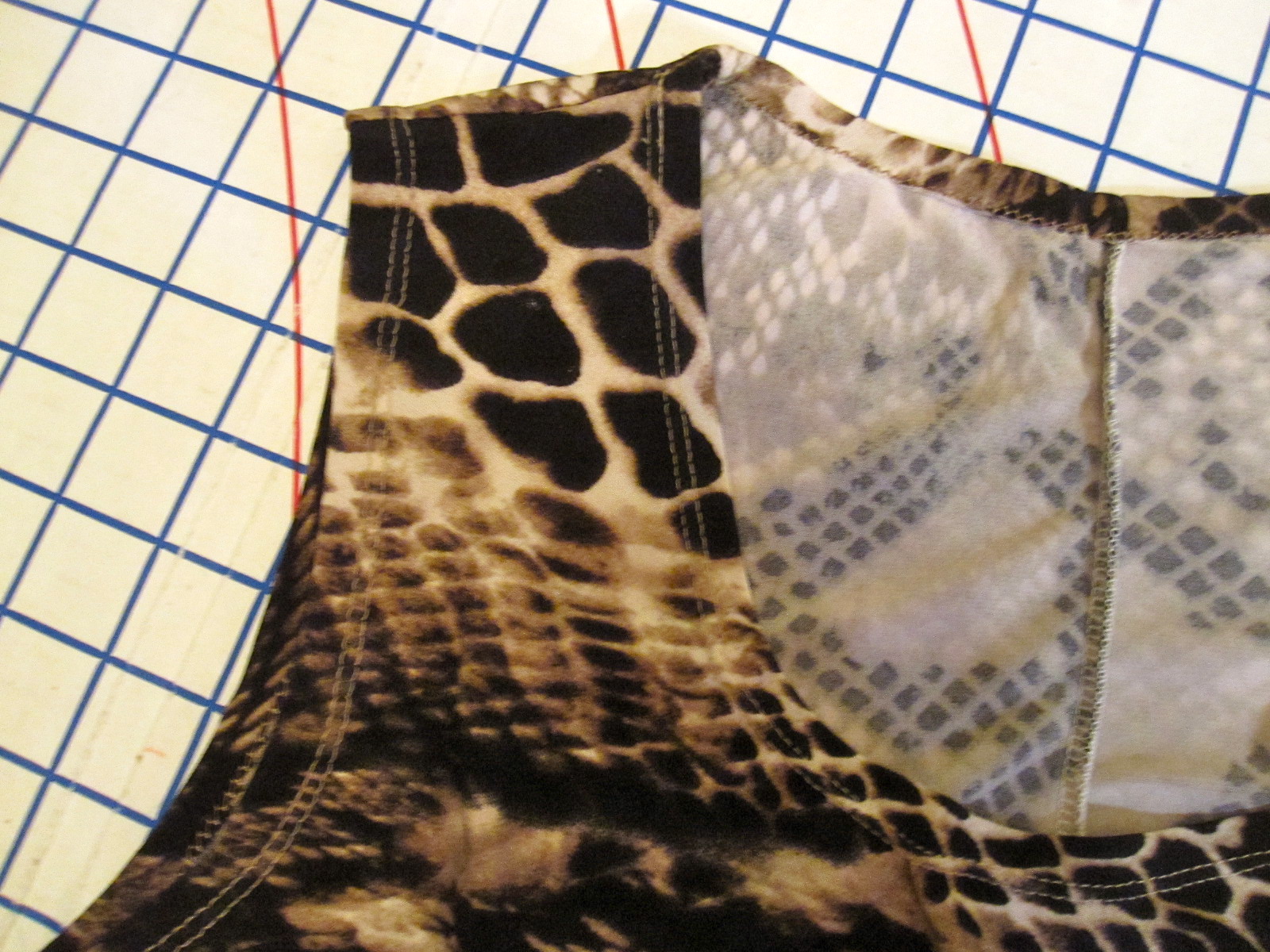
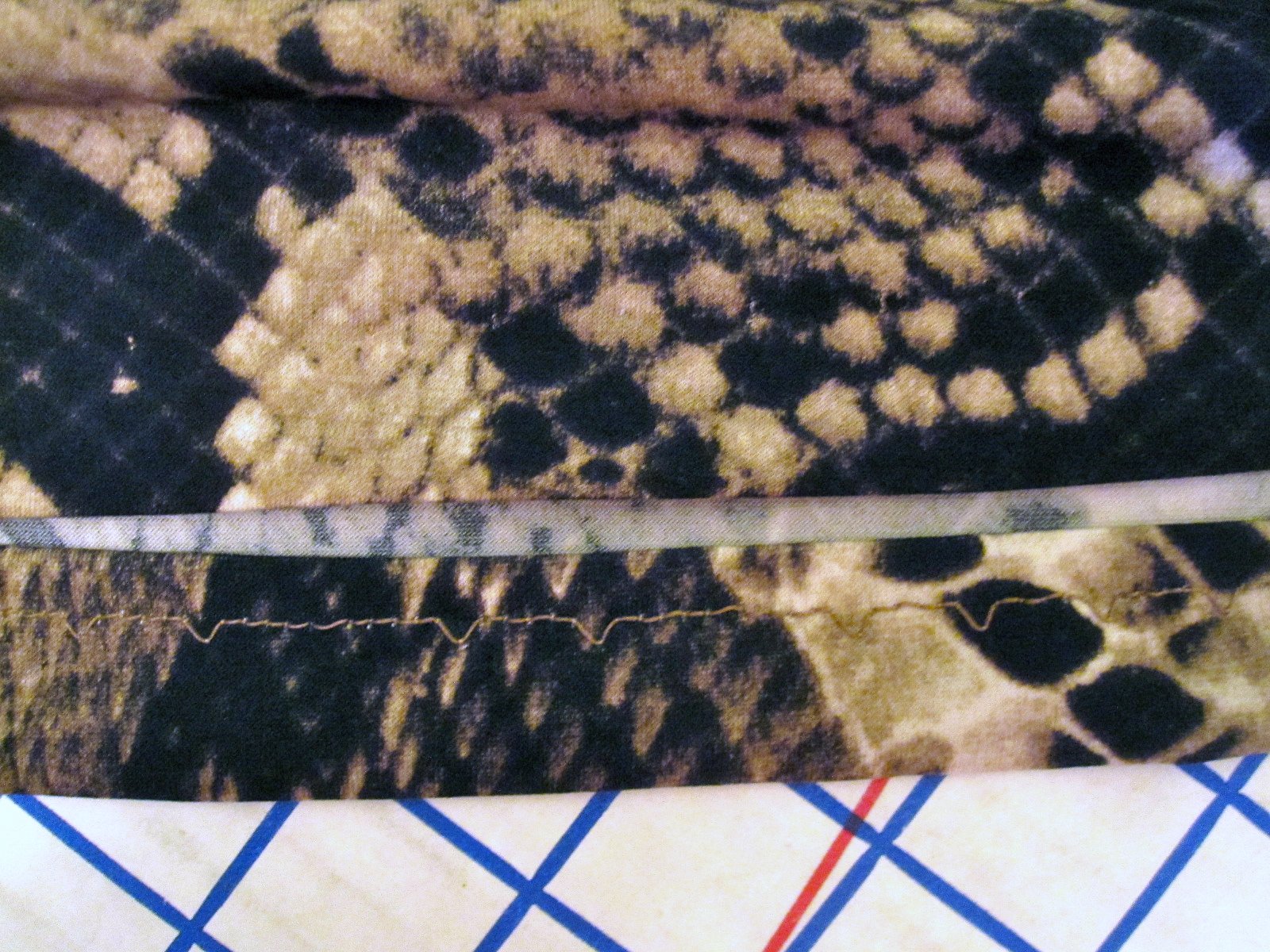

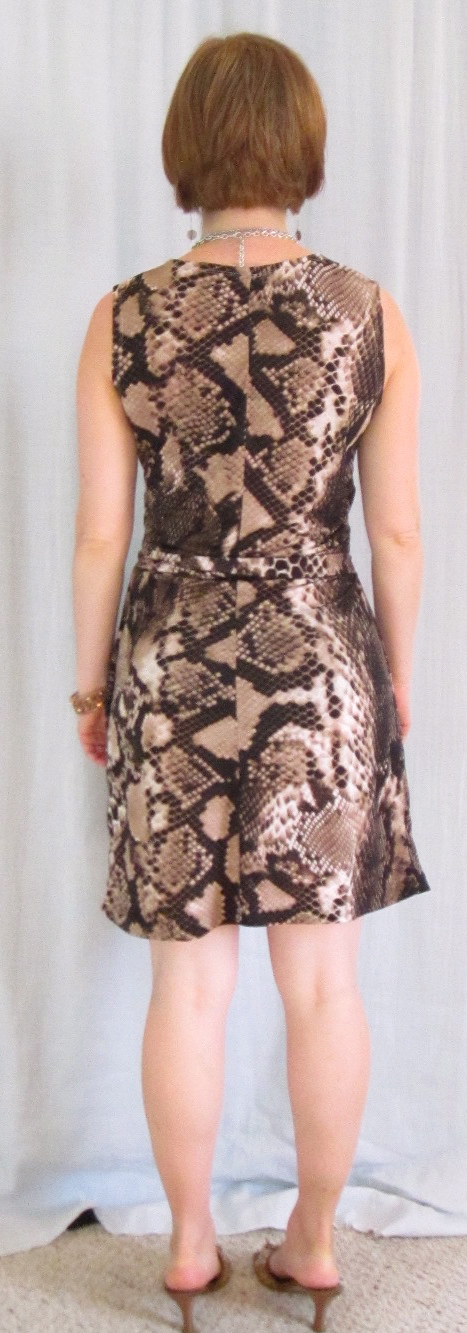

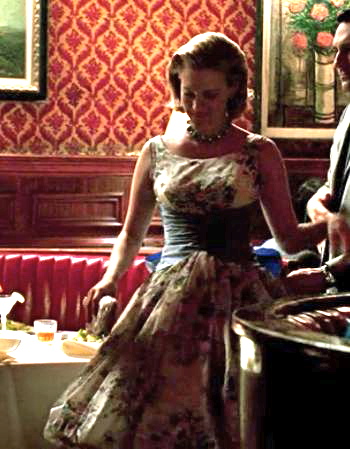



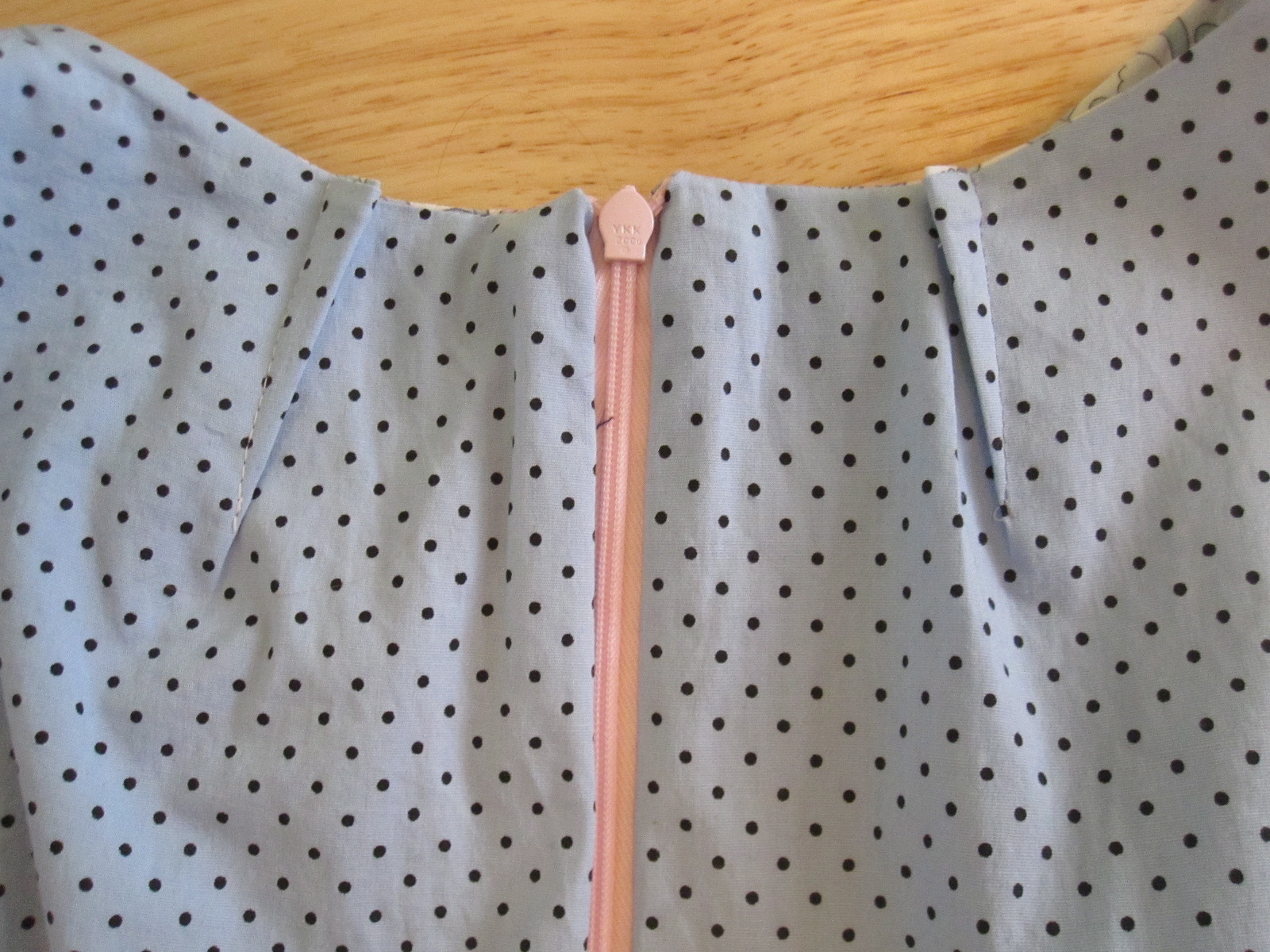
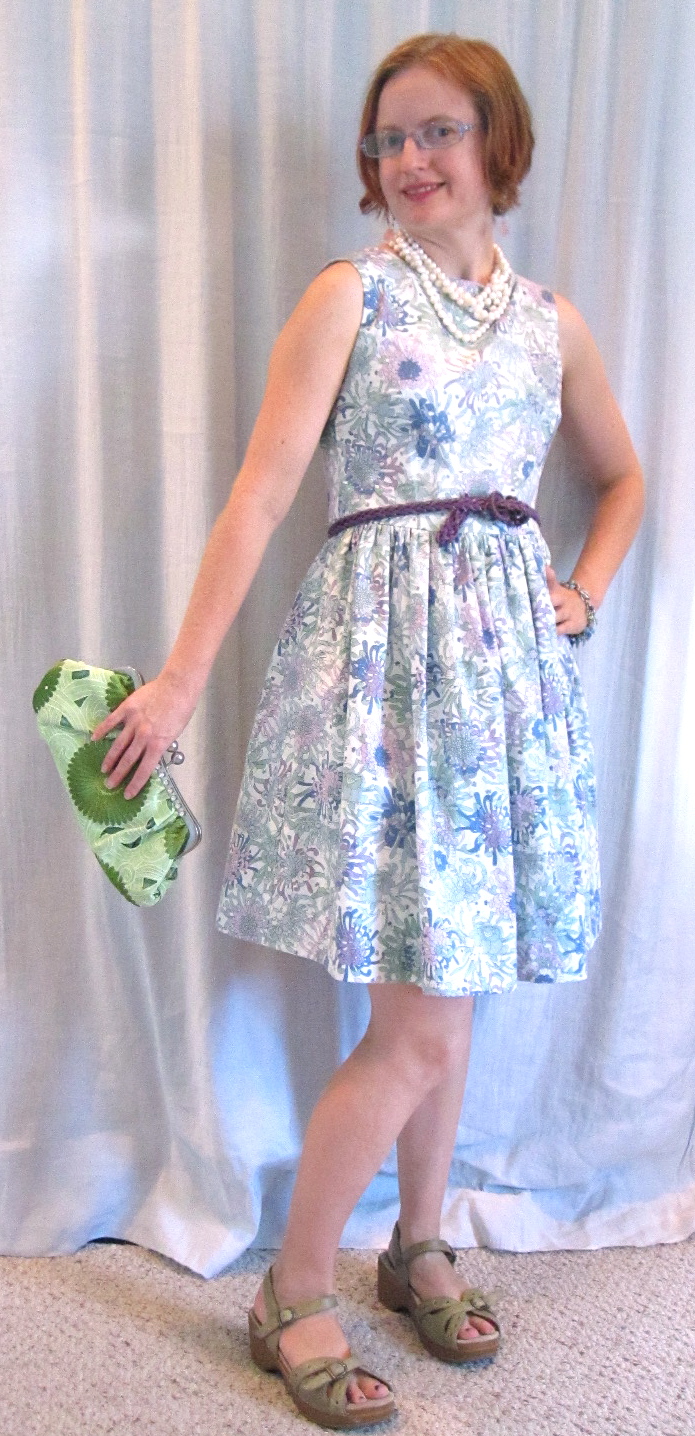
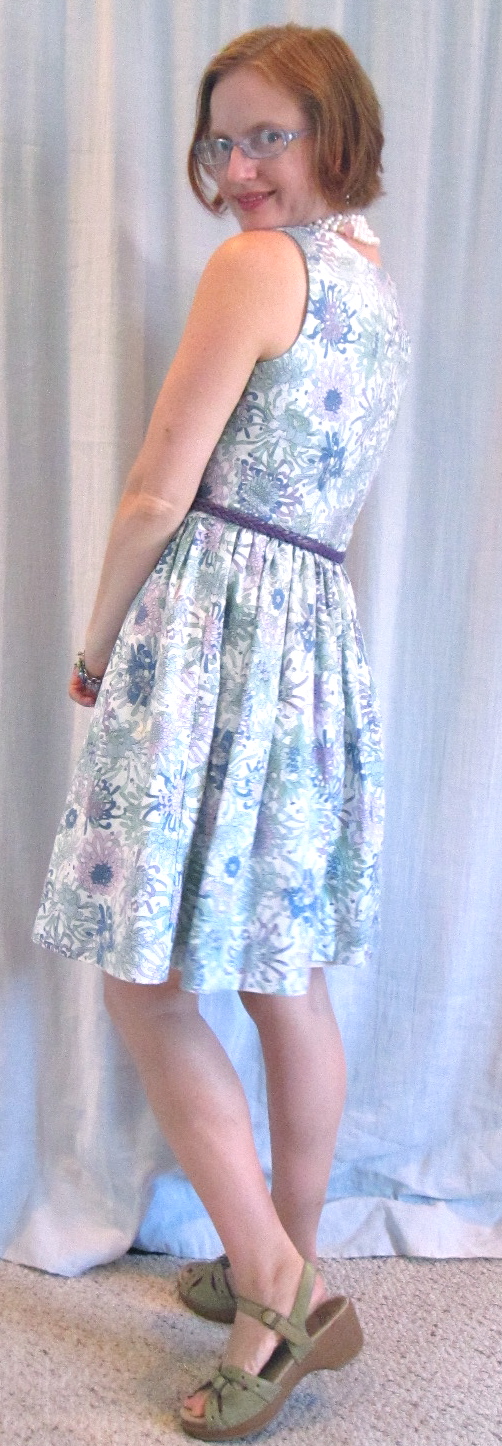
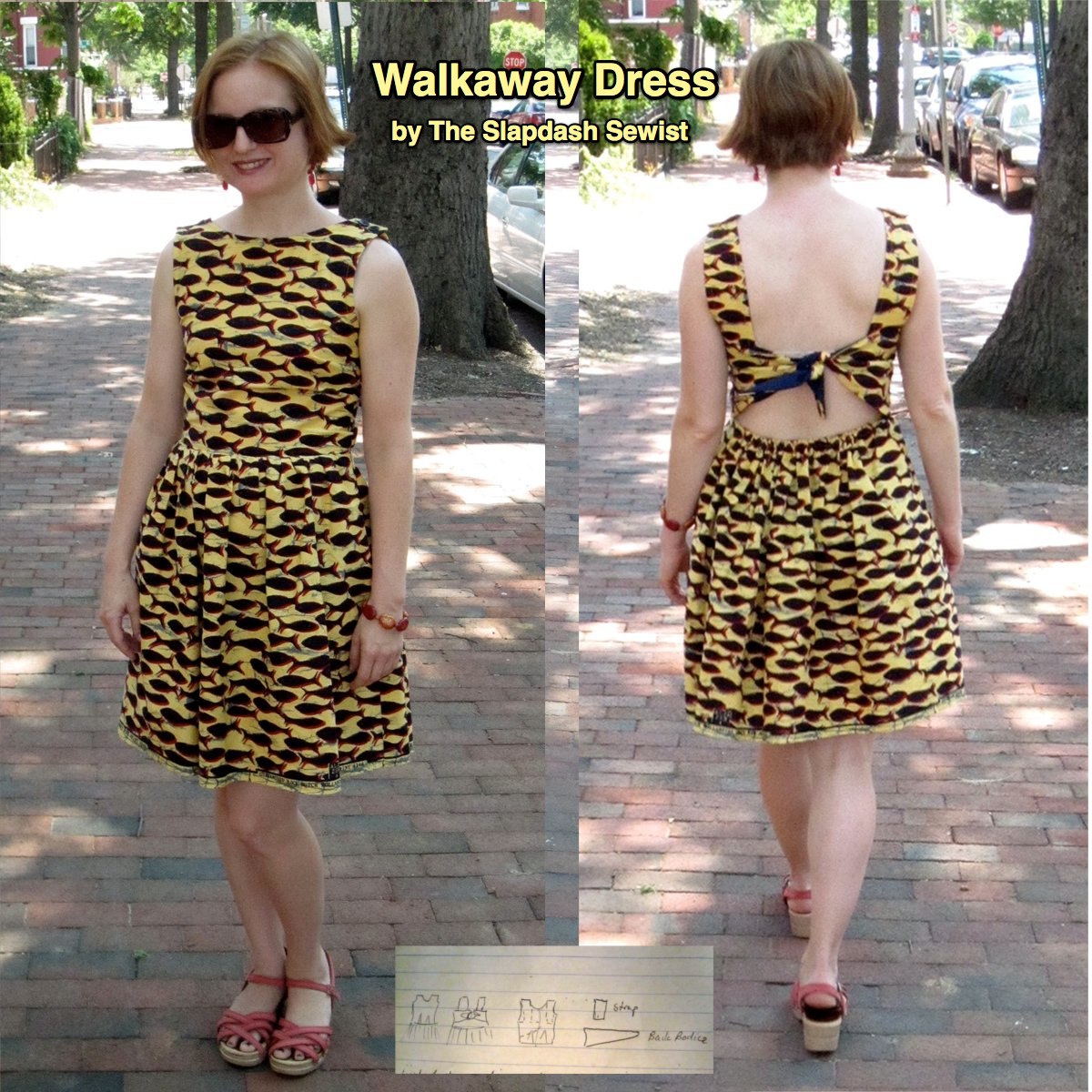
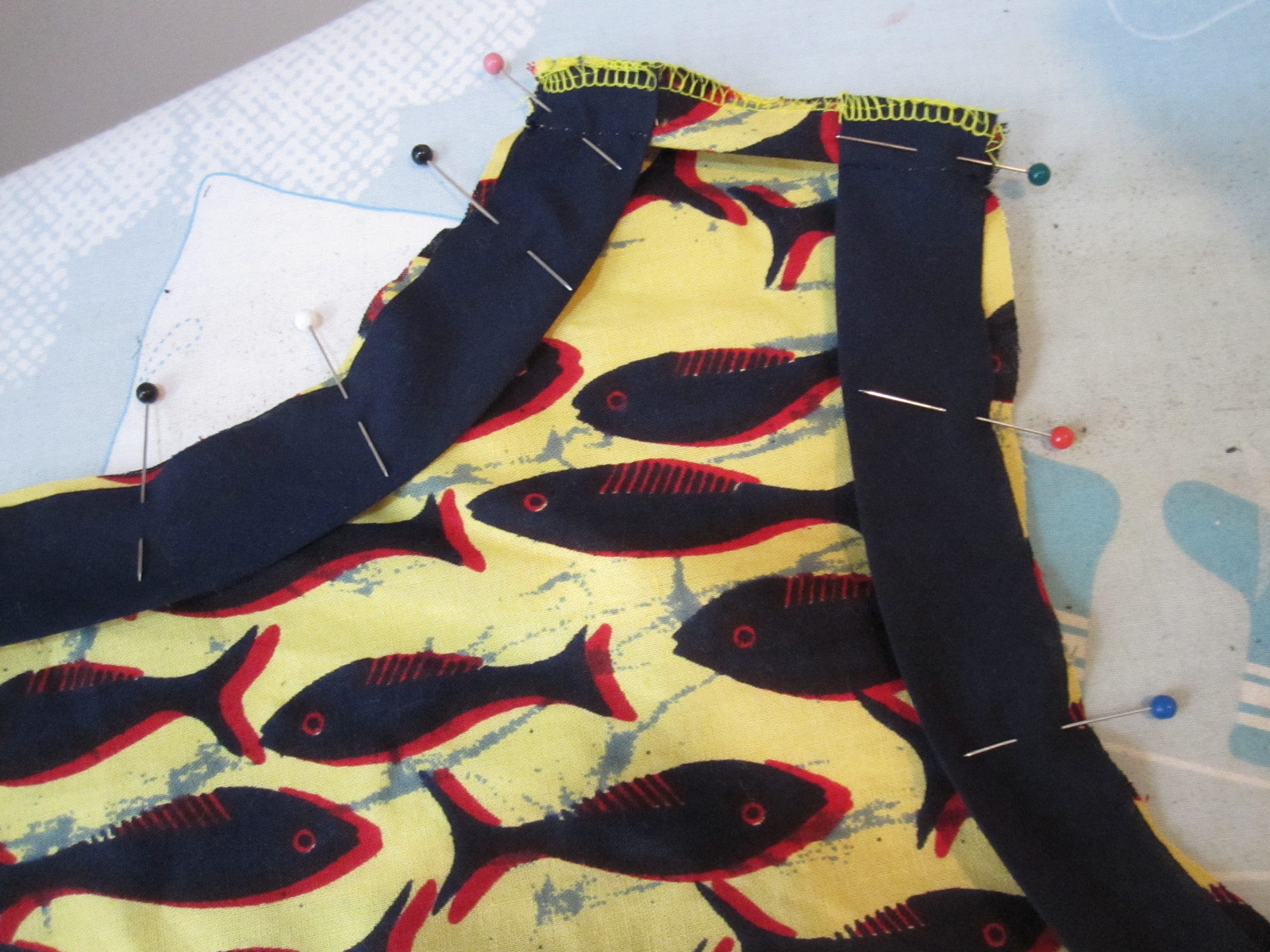

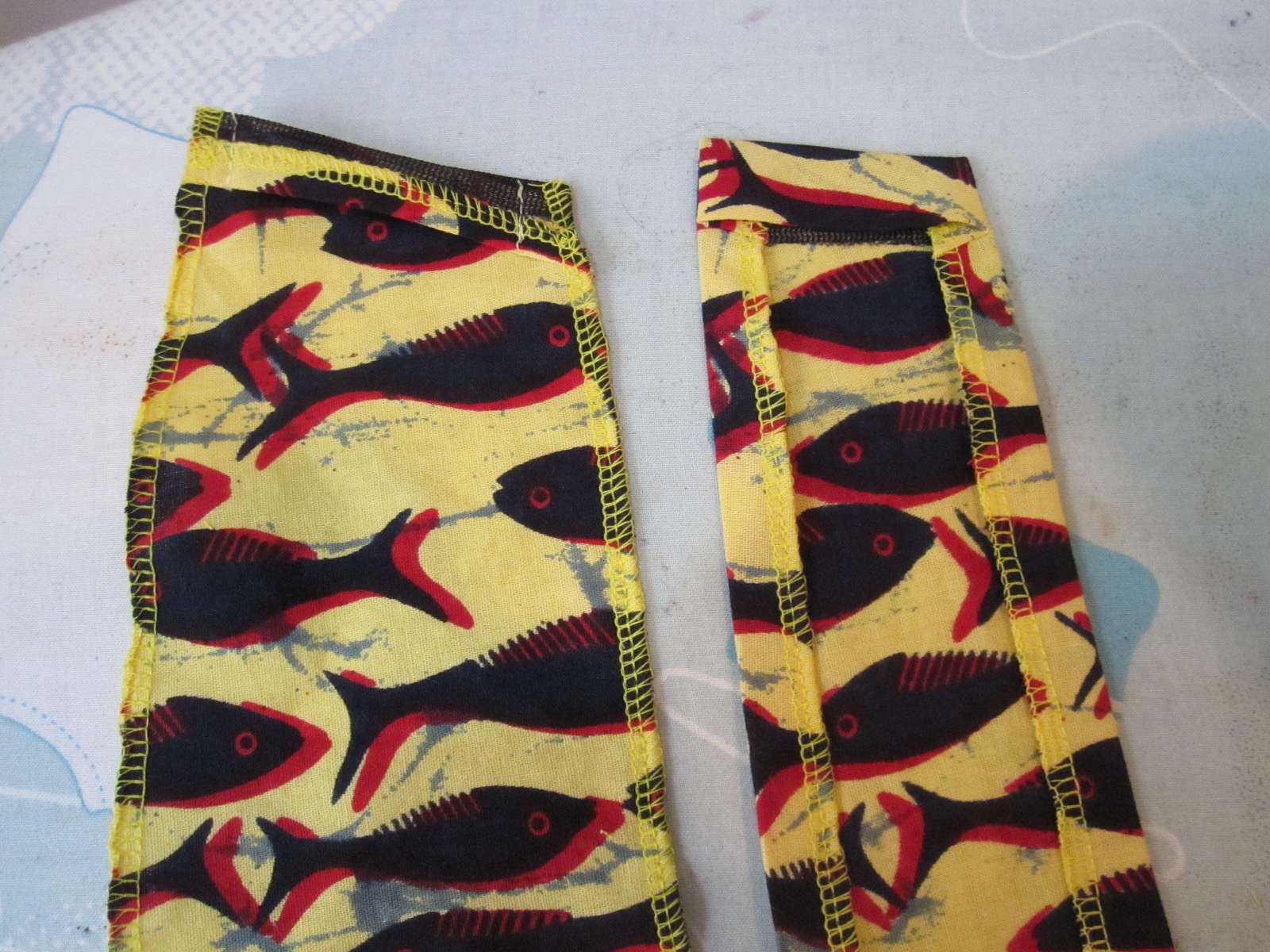
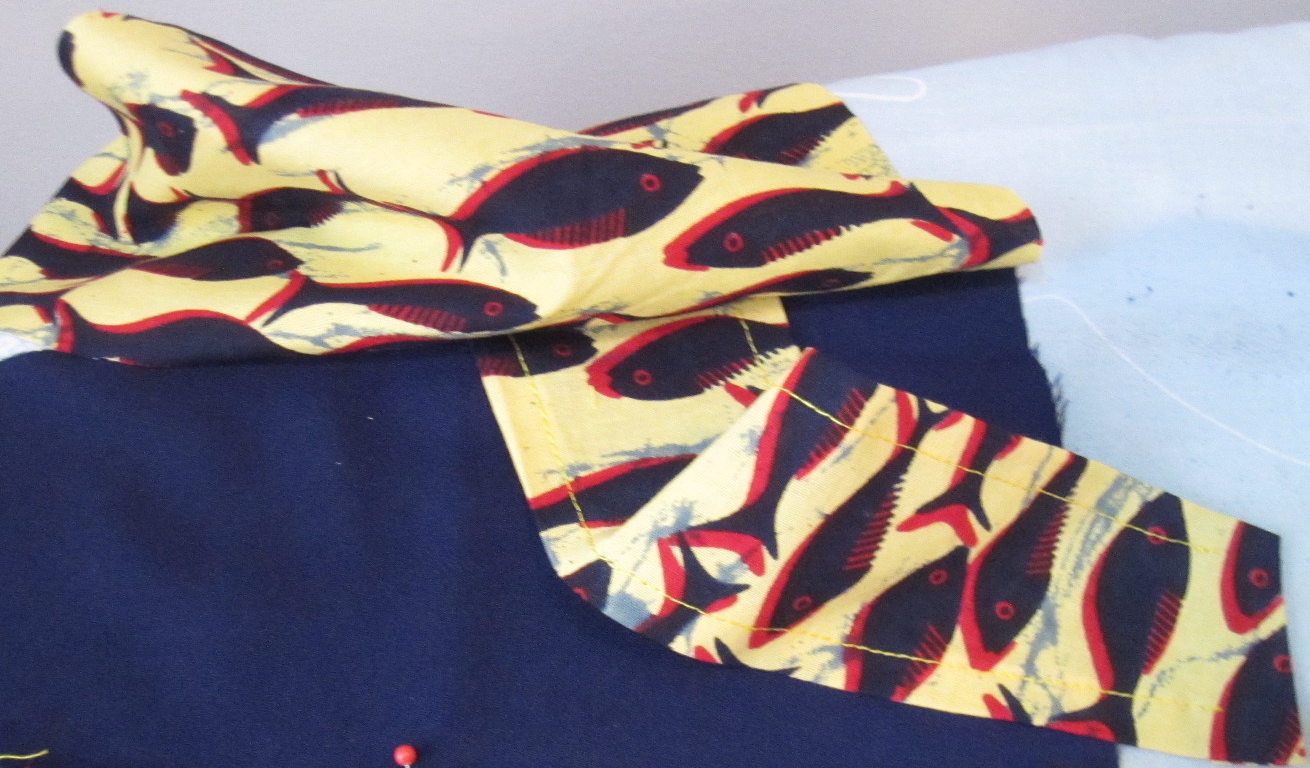
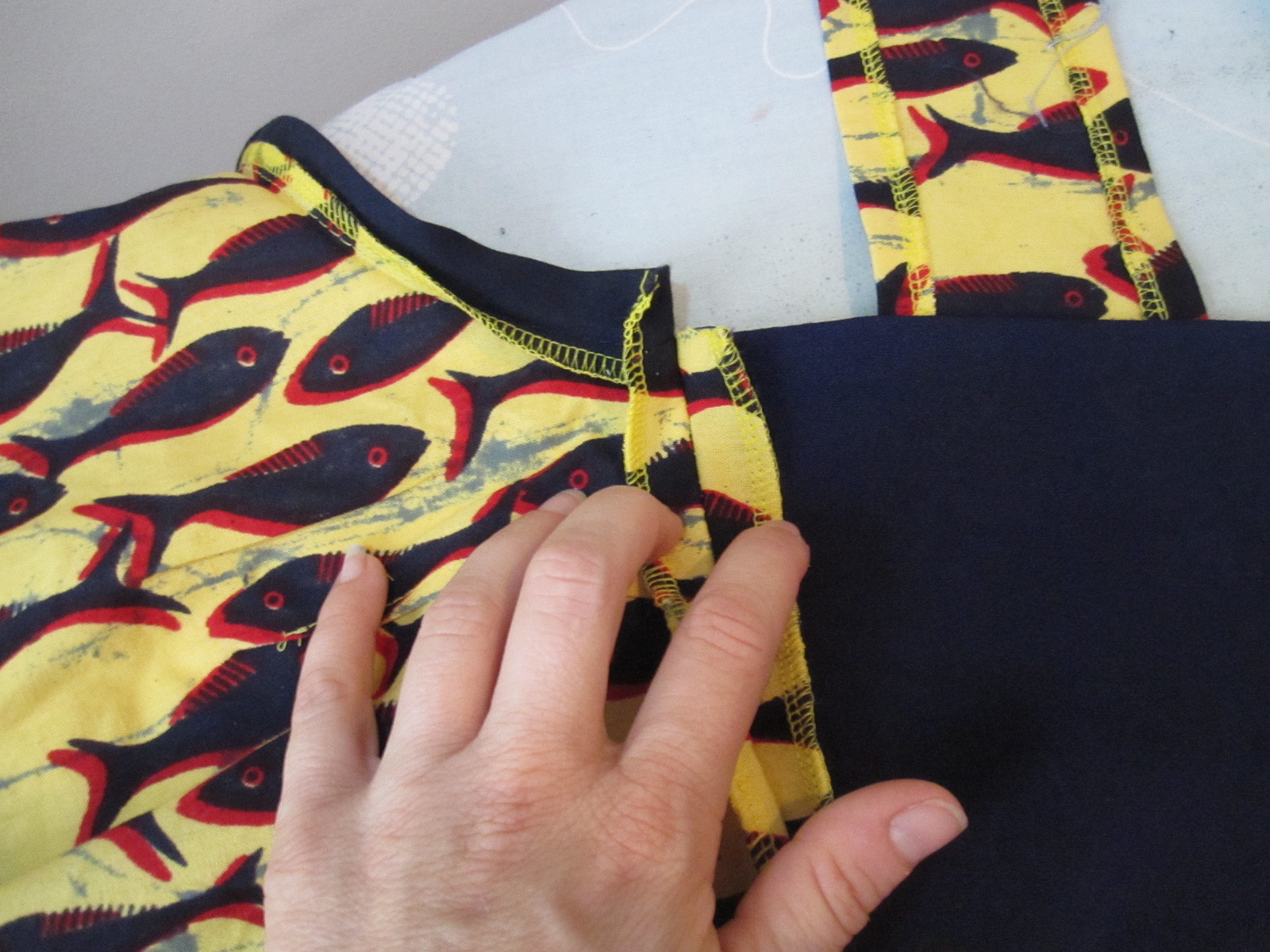

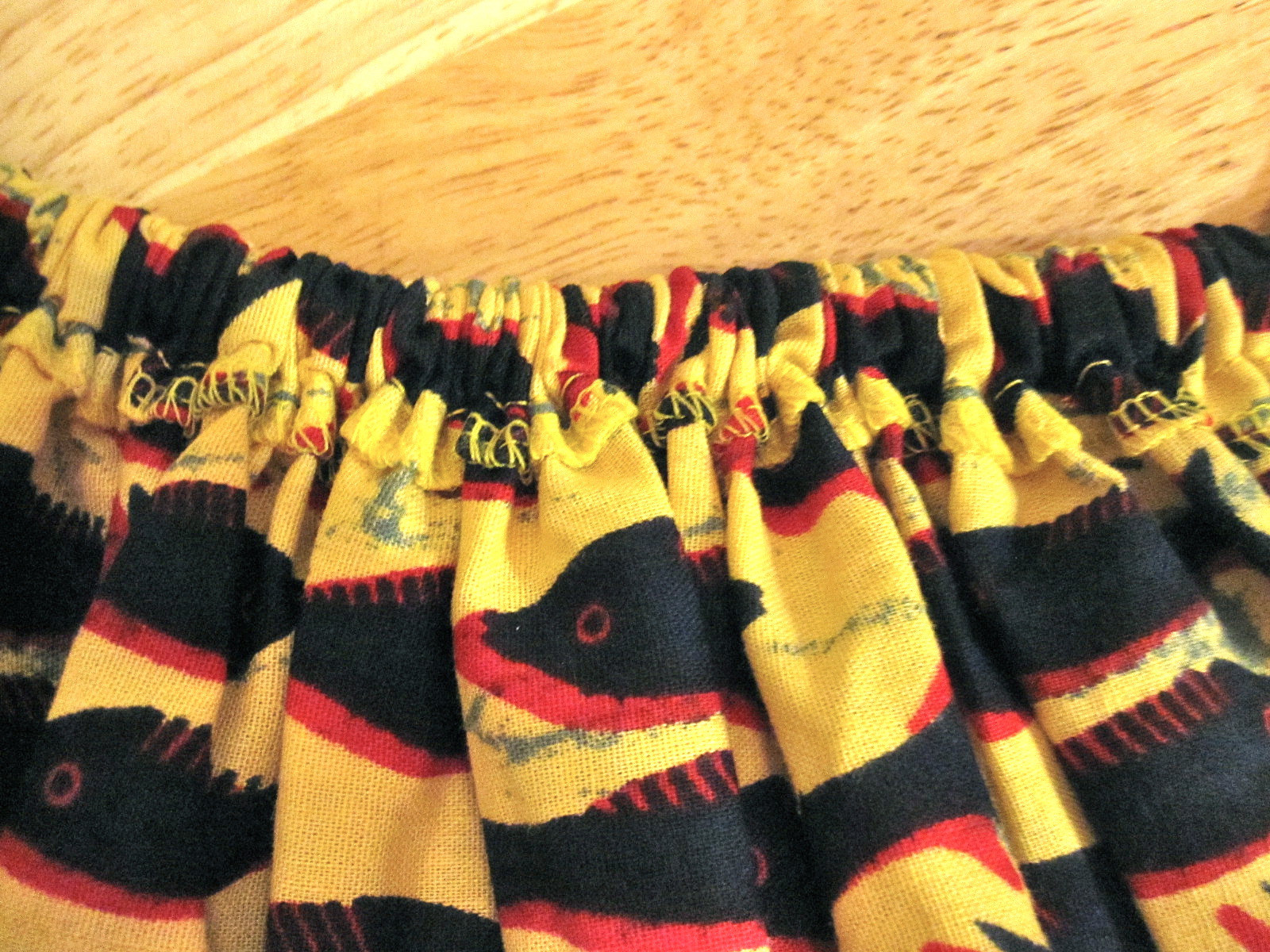



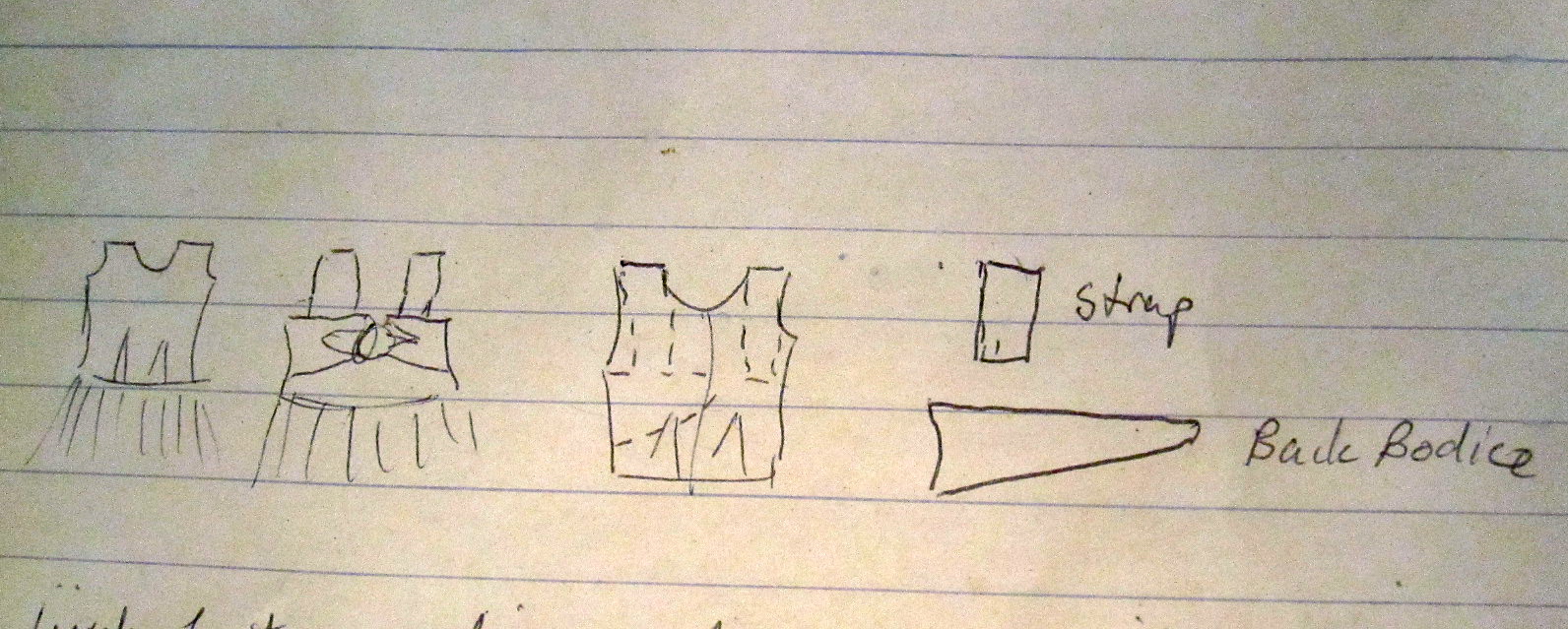
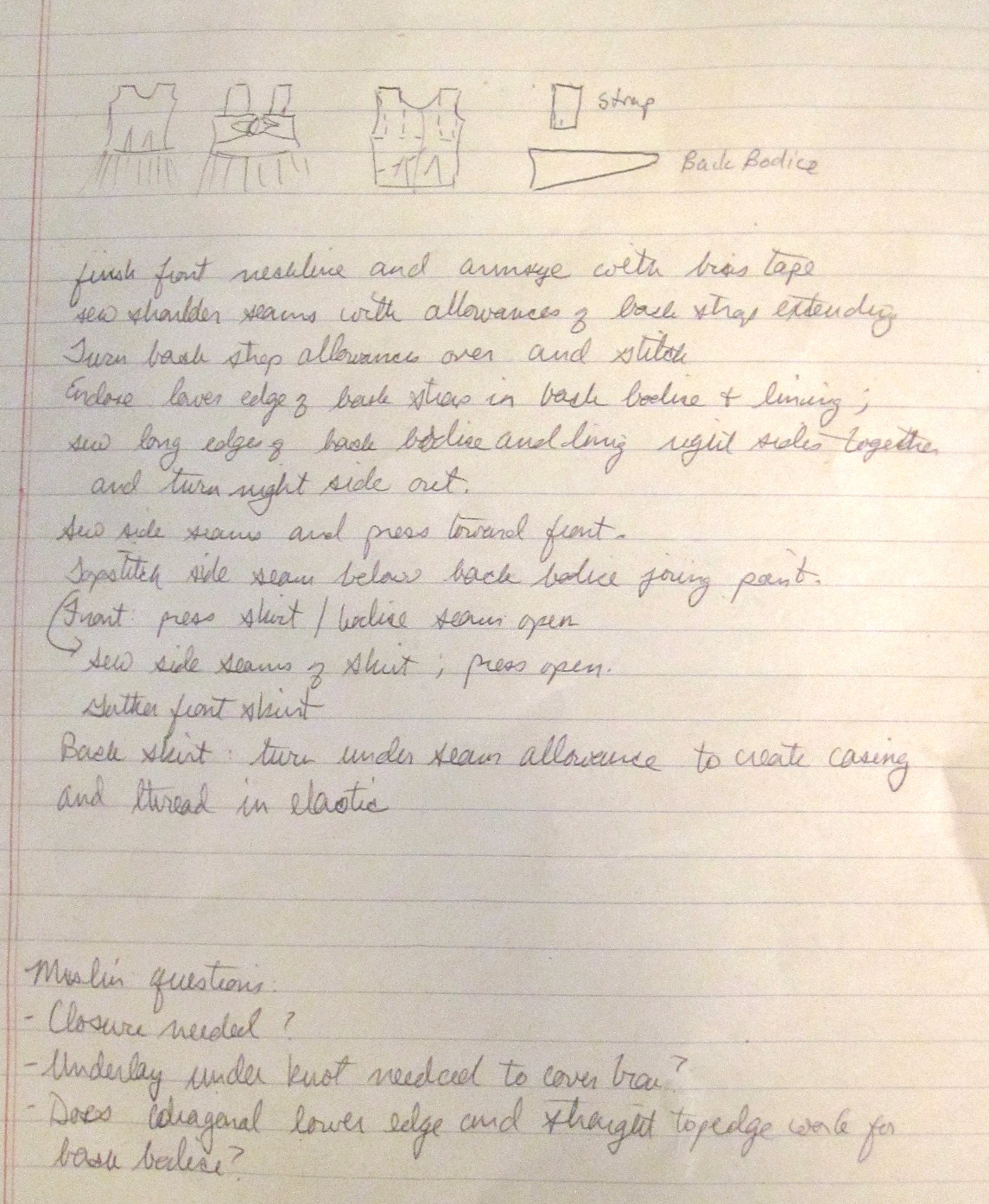
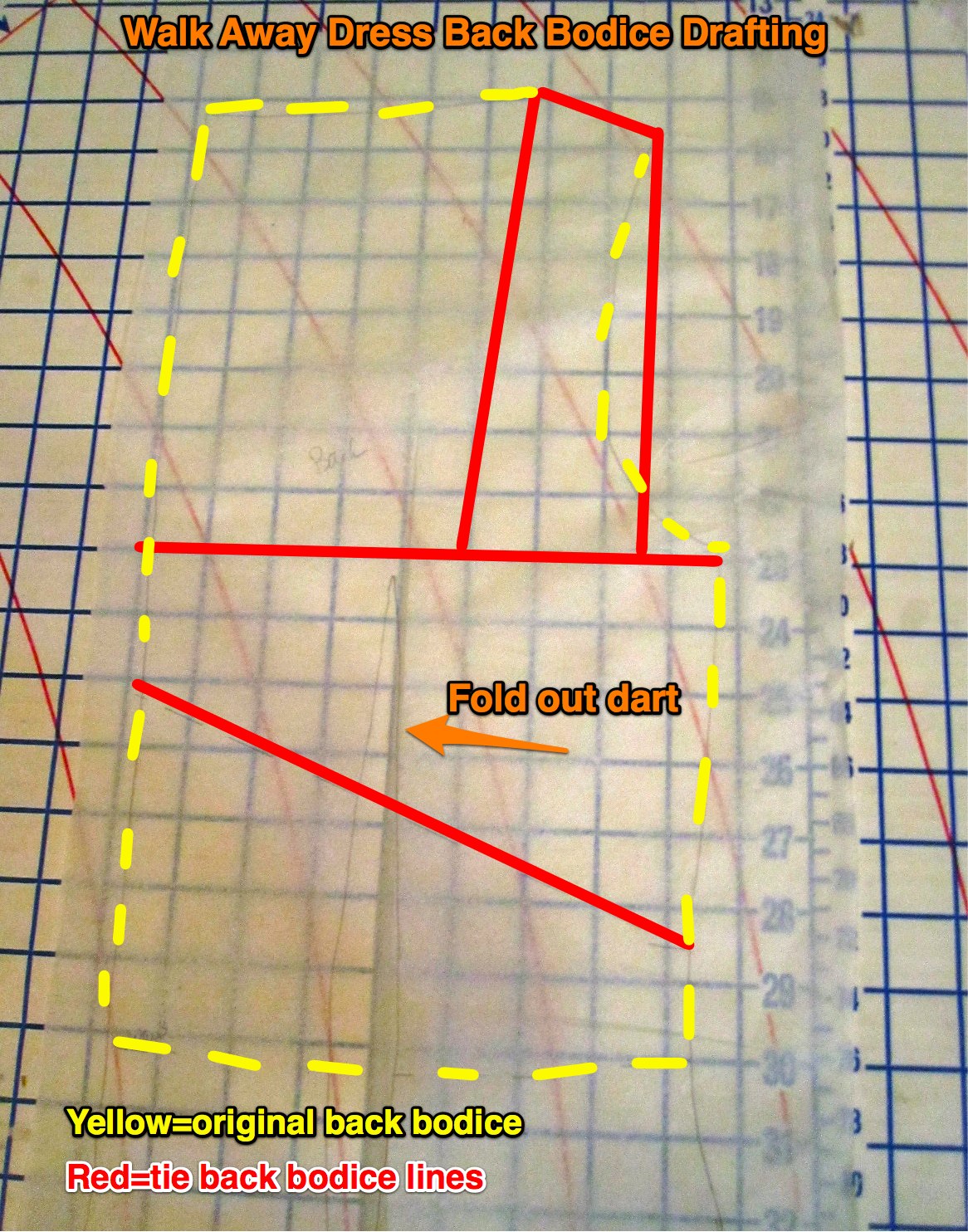
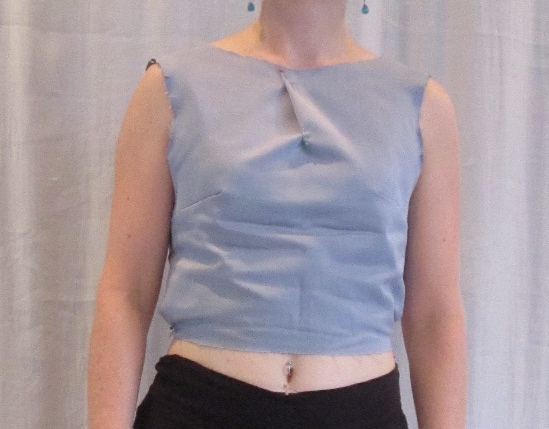

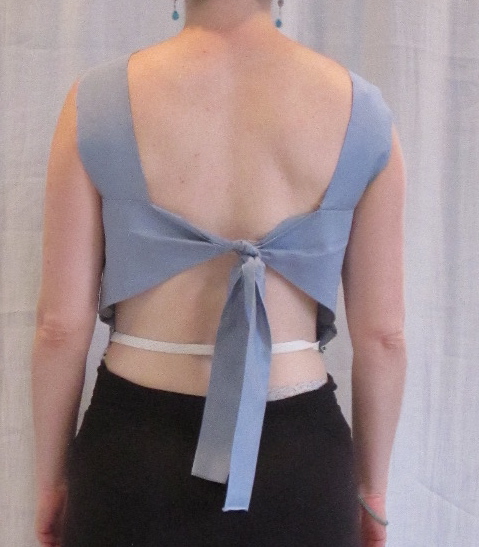
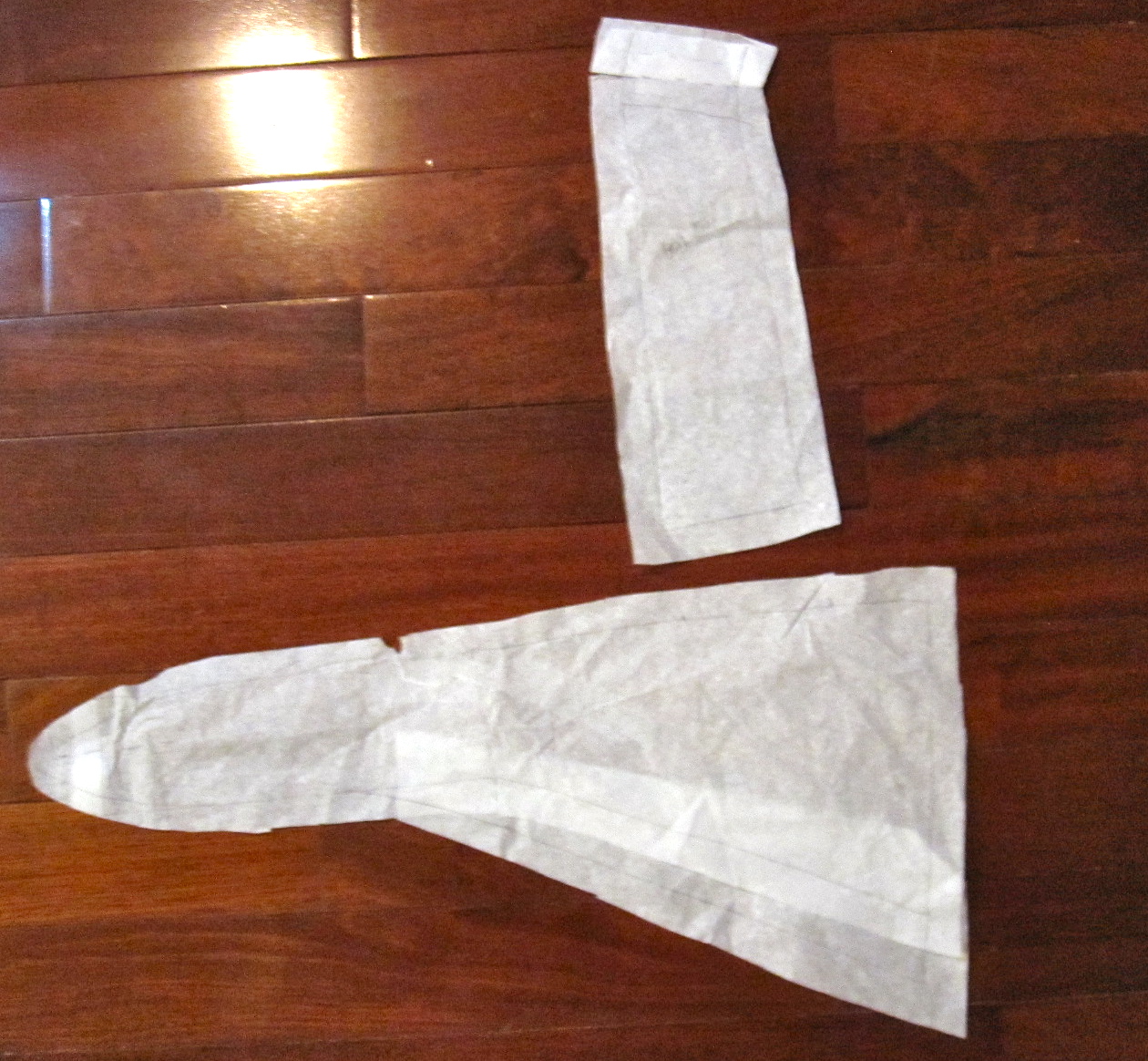
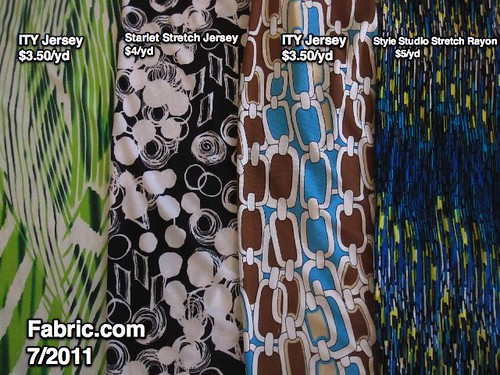




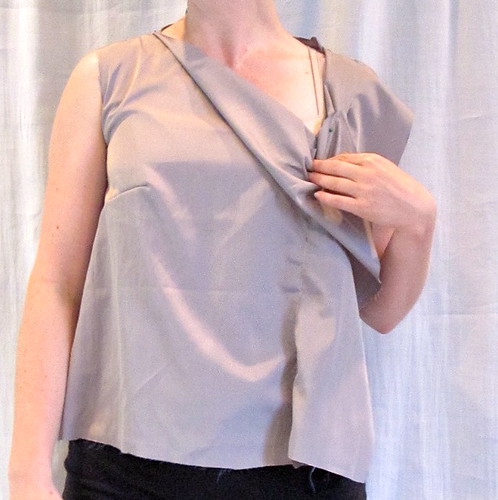

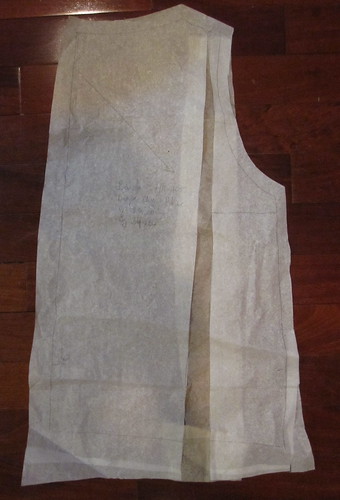
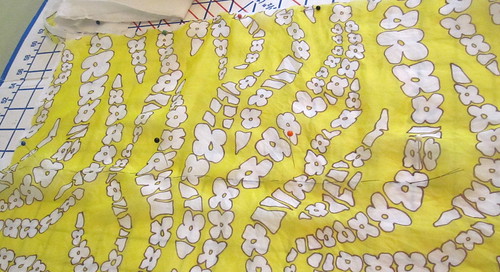
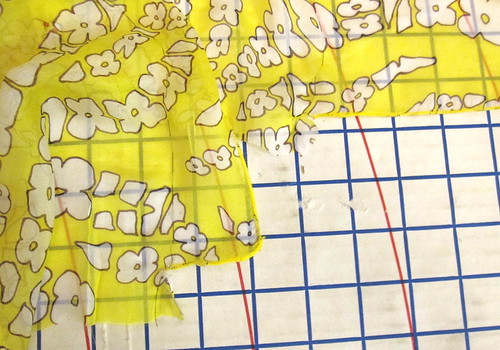
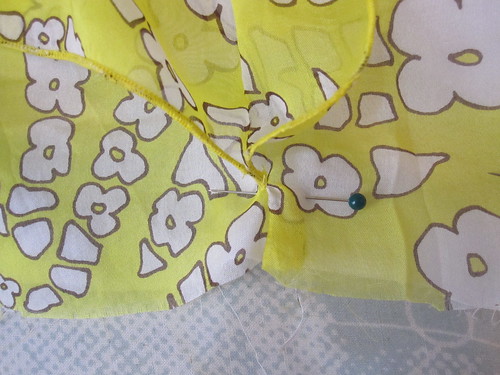
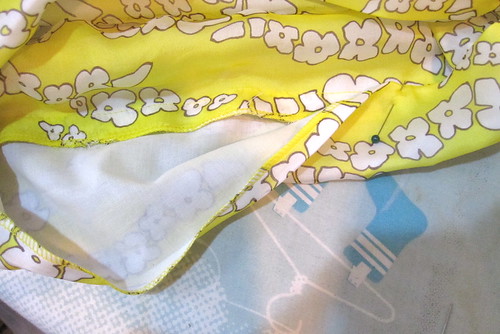
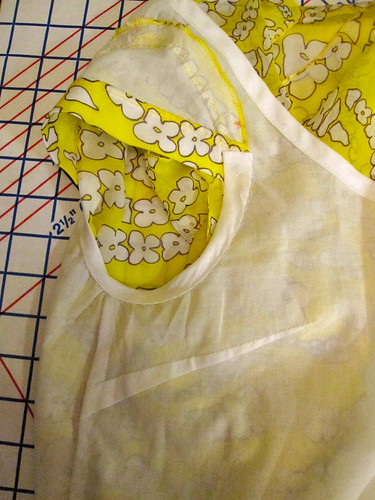

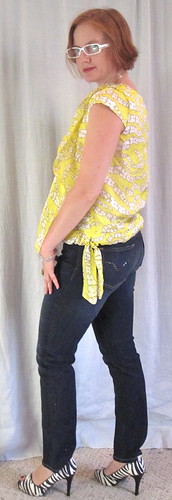

.jpg)






.png)


































































.jpg)















